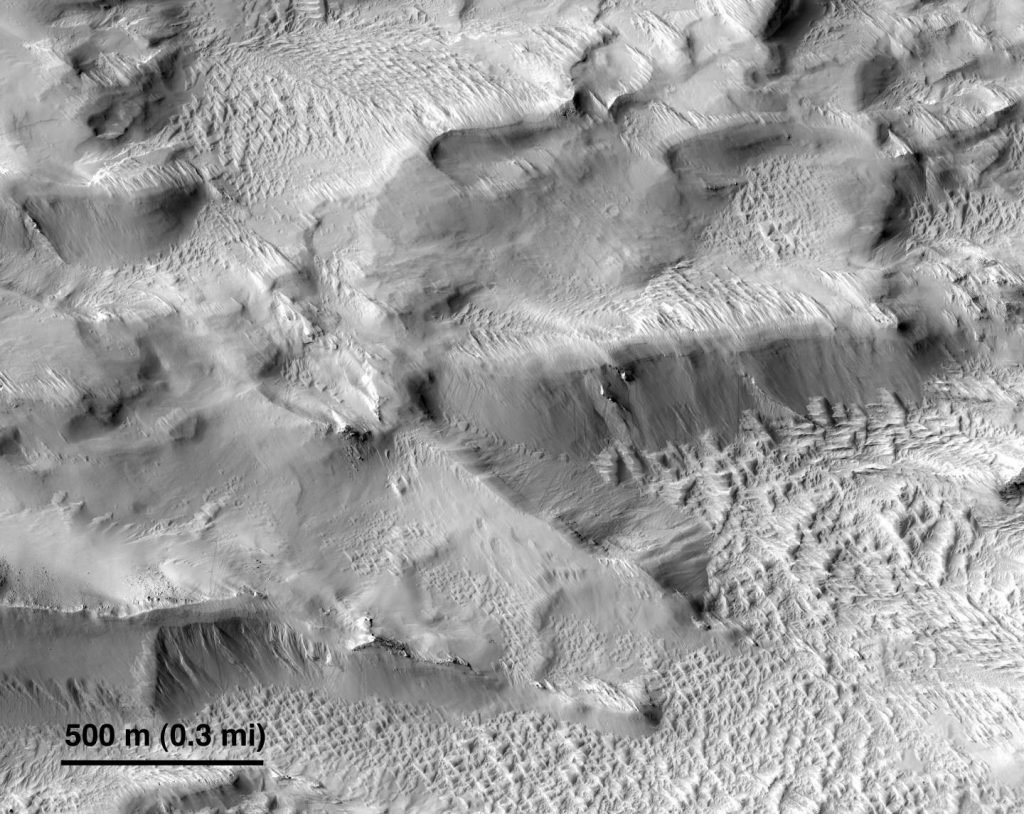According to the findings of researchers, volcanic activity on Mars billions of years ago could be considered as the sole answer to the mysteries around rock formation on Mars. It was speculated earlier by UFO hunters that the rock formation is more likely due to an extraterrestrial spacecraft while NASA speculated it as a mysterious heap of eroding sediments.
The rock formation in concern here is the Medusae Fossae Formation (MFF) which was observed first in the 1960s through the Mariner spacecraft albeit with the failure of NASA scientists to explain the reasons for the phenomenon. Now, it has been found that the formation was developed in the aftermath of volcanic eruptions almost 3 billion years ago according to the findings of a group of researchers published in the Journal of Geophysical Research.
According to the statement of a planetary scientist at Johns Hopkins University in Baltimore, Lujendra Ojha, the MMF is a substantially massive deposit not only in terms of Martian scale but also with respect to the solar system which is not known in any other case.
The MMF rock formation is considerably large in size and could be roughly estimated as one-fifth of the size of the US. The size of the formation is also accounted at 100 times the size of the largest explosive volcanic deposit on Earth thereby making the MMF the largest known explosive volcanic deposit in the solar system. According to the abstract presented in the study, the MMF rock formation is assumed to be a relatively porous entity alongside implying the uncertainty regarding the origin of MMF. Various processes such as ice-related mechanisms, volcanic and eolian procedures could be proposed as possible factors responsible for the formation of MMF.
The researchers have been able to leverage data from different Mars orbiter spacecraft for measurement of the density of MMF for the first time and validated the porous nature of the formation as well as theorize the role of explosive volcanic eruptions in the development of MMF. The study’s abstract further added that the MFF was responsible for substantial contributions of water and carbon dioxide to the environment on Mars.


